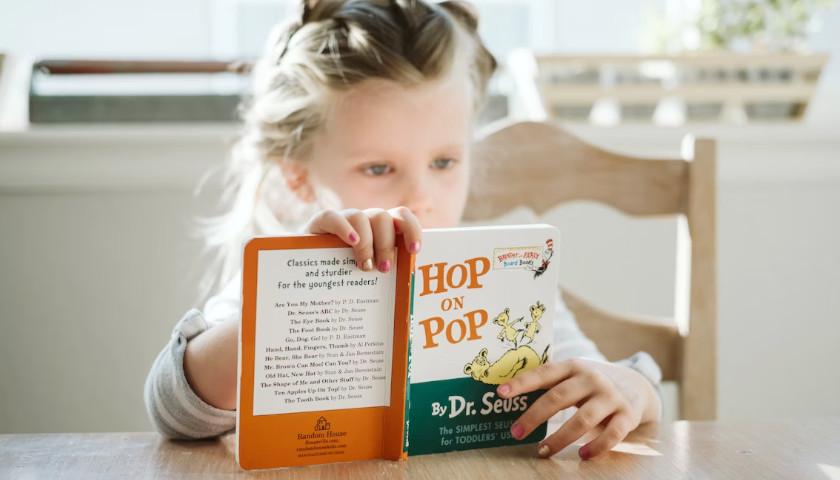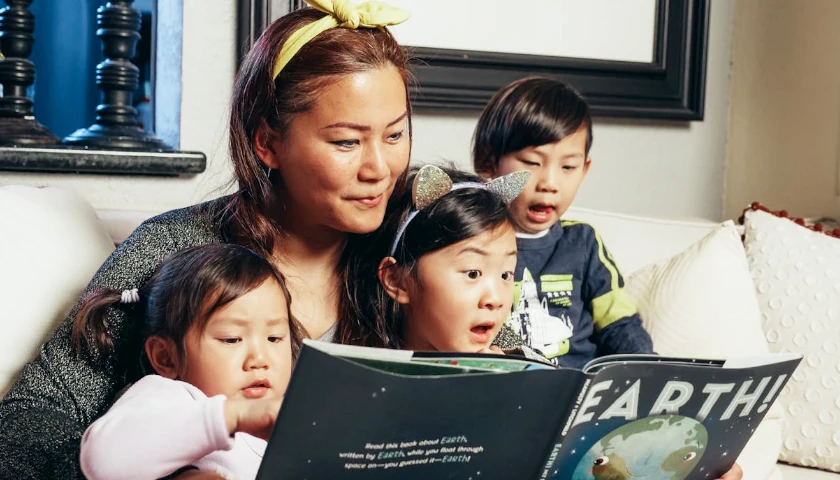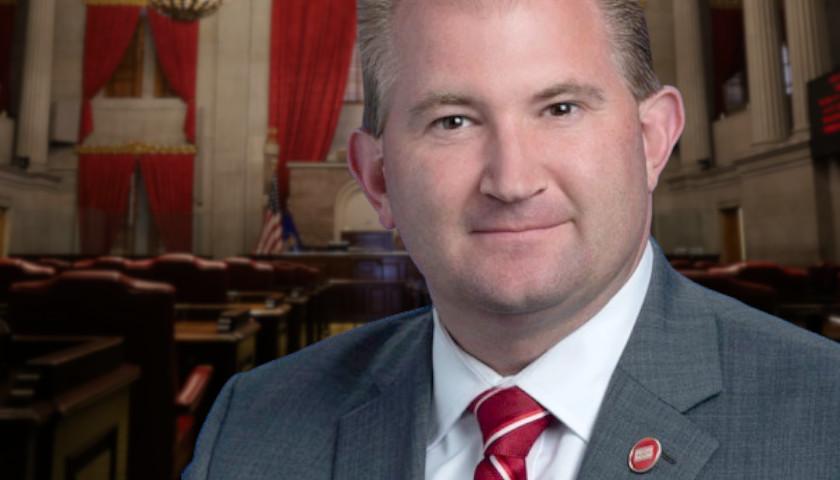by Larry Sand
In 1983, the National Commission on Excellence in Education released a report titled, “A Nation at Risk,” which was an important point in the history of American education. The document used dire language, asserting that “the educational foundations of our society are presently being eroded by a rising tide of mediocrity that threatens our very future as a Nation and a people.”
The report also stated: “If an unfriendly foreign power had attempted to impose on America the mediocre educational performance that exists today, we might well have viewed it as an act of war.”
If this was a wake-up call, the powers that be shut the alarm off and went back to sleep.
In November 2022, the National Assessment of Educational Progress results were released for the test taken earlier in the year and showed that just 33% of the nation’s fourth graders are proficient in reading, and 36% are proficient in math. The eighth graders did even worse: 31% are proficient in reading, while 26% show proficiency in math.
Accordingly, a recent Gallup poll revealed that just 26% of Americans have a “great deal/fair amount” of confidence in public schools.
Hence, it should come as no surprise that a recent report issued by Stanford University finds that between the 2018-19 and 2021-22 school years, “the share of students chronically absent (missing 10% or greater of the total number of days enrolled during the school year) grew by 13.5 percentage points—a 91-percent increase that implies an additional 6.5 million students are now chronically absent.” The findings also note that chronic absenteeism has affected every state, varying from 4% to 22%.
Though most states have not released their chronic absenteeism numbers for the 2022-2023 school year, some states are reporting that the problem has not been alleviated, according to the AP. In Connecticut and Massachusetts, for example, chronic absenteeism numbers remained double what they were prior to the pandemic.
There are many explanations for the ballooning truancy. While the hysterical response to Covid is blamed for the missing kids, no one is offering a solid reason as to why kids did not flock back after the schools reopened in 2021.
Other commonly held reasons include bullying, depression, etc., but there are other factors. Many parents are fed up with increasing school-orchestrated indoctrination, whether it be Critical Race Theory, revised American history, transgender ideology, etc. Just a few of the countless examples:
- In California, the new math framework contends that mathematics should be used to “both understand and impact the world.” It argues that math teachers should hold the political position that “mathematics plays a role in the power structures and privileges that exist within our society and can support action and positive change.”
- Rhode Island’s current social studies standards define “how power can be distributed and used to create a more equitable society for communities and individuals based on their intersectional identities.”
- In Oregon, the State Department of Education’s health standards may soon require sixth-grade students to be able to define “sexual and romantic orientations” and “vaginal, oral, and anal sex” if implemented.
And it’s not only students who are who are ditching school. According to The New Teacher Project, even before the pandemic, nearly a third of teachers were considered “chronically absent,” missing more than ten days of work, and one in four students attended a school where more than 40% of teachers were chronic absentees.
Also, according to Heritage Foundation researchers Jay Greene and Jonathan Butcher, there is an “alarming rise in teacher absenteeism.” They report that 72% of public schools had higher teacher absenteeism rates than before the COVID-19 pandemic.
So, with kids and teachers abandoning school, what’s a parent to do?
While private school is certainly an option, tuition is the primary barrier to parents who want to enroll their children. The good news on this front is that nine states have enacted universal or near-universal school choice into law. The bad news is, of course, that 41 states are not there yet.
Homeschooling is booming, having almost doubled nationally since 2020. The Census Bureau reports that between 2012 and 2020, the number of homeschooling families remained steady at about 3.3%. But the National Home Education Research Institute discloses that during the 2021-2022 school year, there were 3.135 million homeschooled students in the U.S., or about 6% of the total.
But if private school or homeschooling are not options, maybe a parent could send their child to a better public school outside their ZIP code?
Typically, this is not an option, however, as most states confine children to their local public schools. Some parents have used false addresses to get their children into a better school. But according to a new report, in at least 24 states, parents who use an address other than their own to enroll their children in public school can be criminally prosecuted, resulting in steep fines and even jail time.
Not surprisingly, 74% of parents support open enrollment, according to a recent EdChoice national survey. While some states are taking note, this is a slow process and will be of no help to parents who need immediate alternatives.
Perhaps ground zero for absent students is Los Angeles, where the school district was home to 737,000 students 20 years ago, but now the number has now dwindled to 430,000. And if that weren’t bad enough, at the end of the 2021-22 school year, L.A.’s chronic absenteeism rate was 45.2%.
So to stanch the rampant absenteeism, L.A.’s school sages have inaugurated a “student-inspired (lunch) menu that will be available at every school in the district.”
Additionally, Superintendent Alberto Carvalho is knocking on missing students’ doors as a way to induce truants to return to school.
Also, as a way to beef up attendance, the district is telling parents to send their sick kids to school. While Covid is still not okay, if a kid just has a bad cold – with a runny nose and a hacking cough? Come on in!
No, this is not satire.
The “A Nation at Risk” report revealed that the nation was in deep trouble in 1983, and forty years later, we are still heading in the wrong direction.
– – –
Larry Sand, a former classroom teacher, is the president of the non-profit California Teachers Empowerment Network – a non-partisan, non-political group dedicated to providing teachers and the general public with reliable and balanced information about professional affiliations and positions on educational issues. The views presented here are strictly his own.






Who in their right mind would send their children to many of the public schools in America at this time. I’m very confident that the schools in “fly-over country” are above the level of Marxist indoctrination that is prevalent in democratic controlled districts. Everything democrats get involved in turn into you know what.
But, but, bu, b bb b b b b b bb…… we just need more money. Look at public education funding during the same time frame.